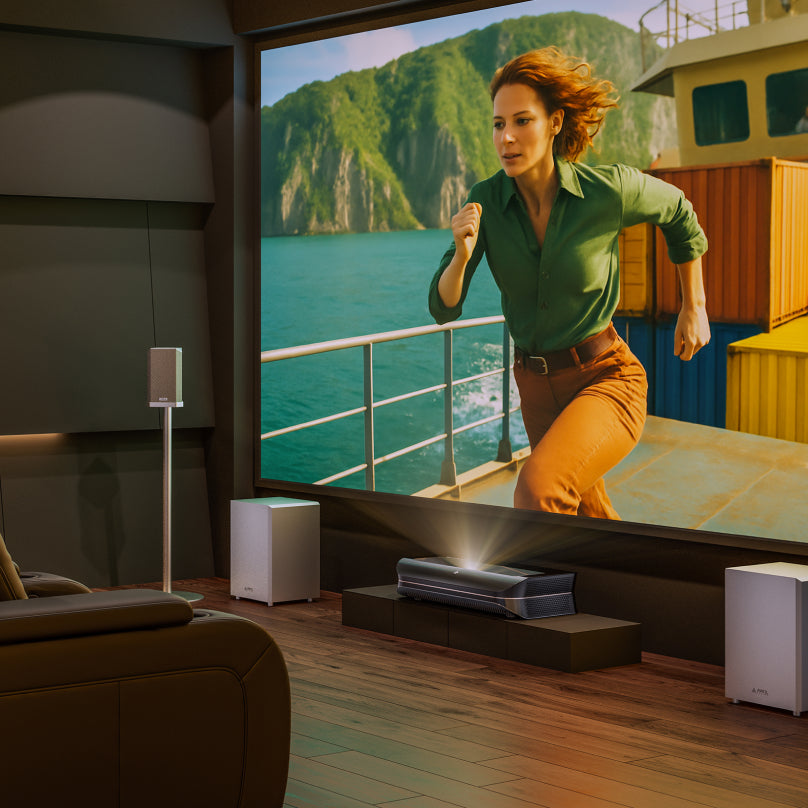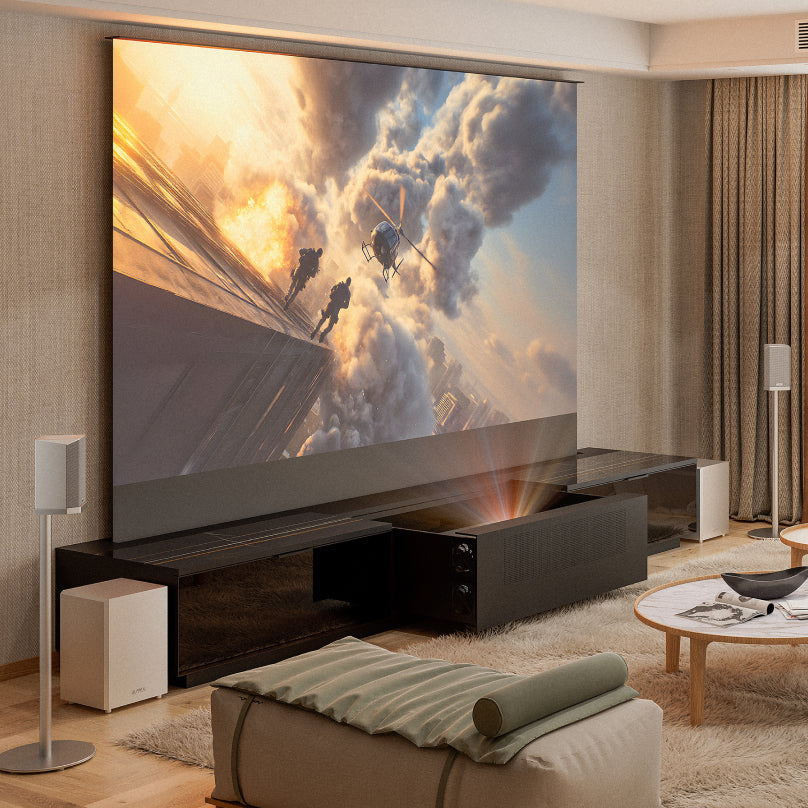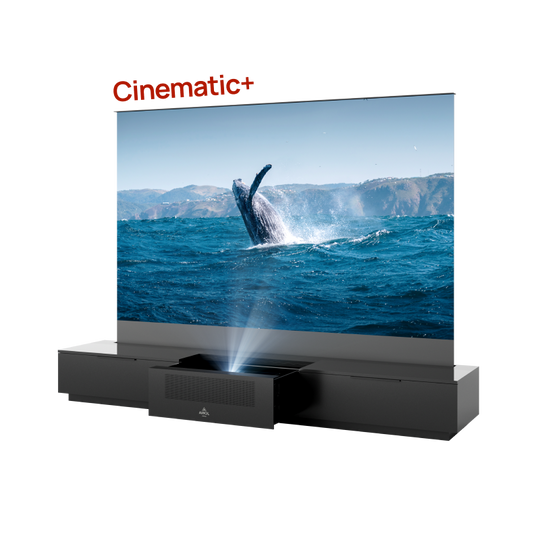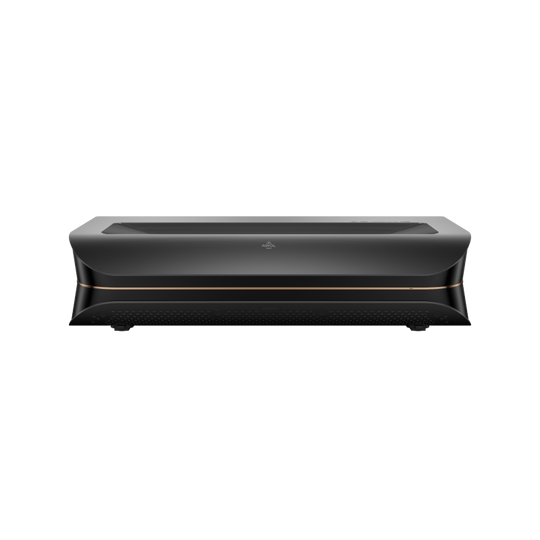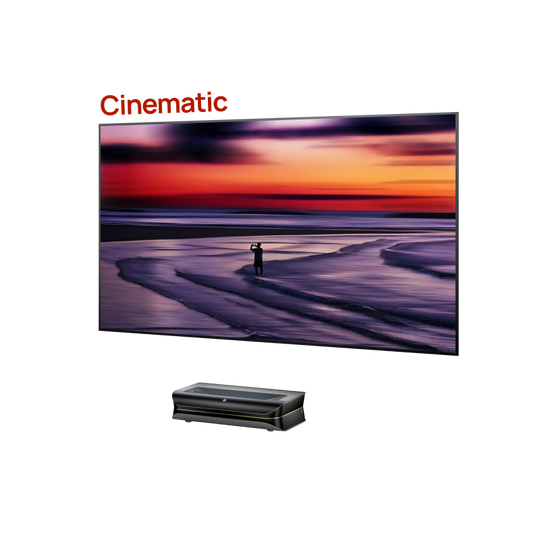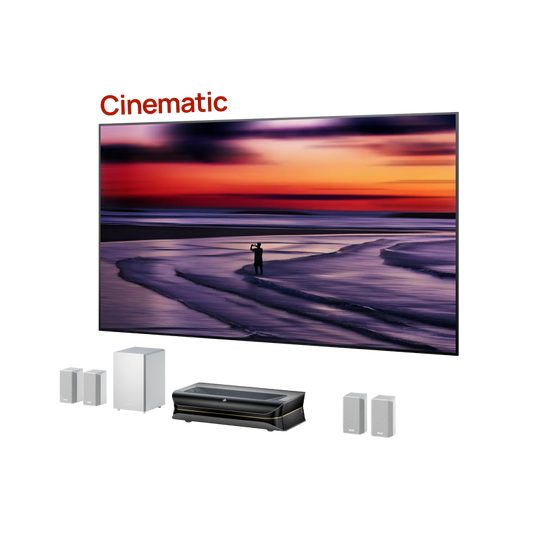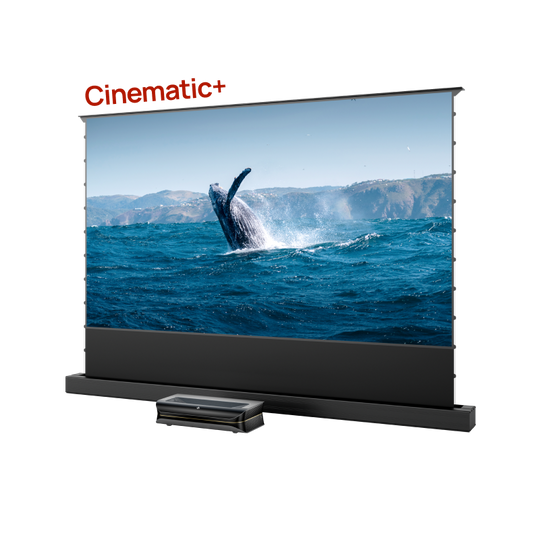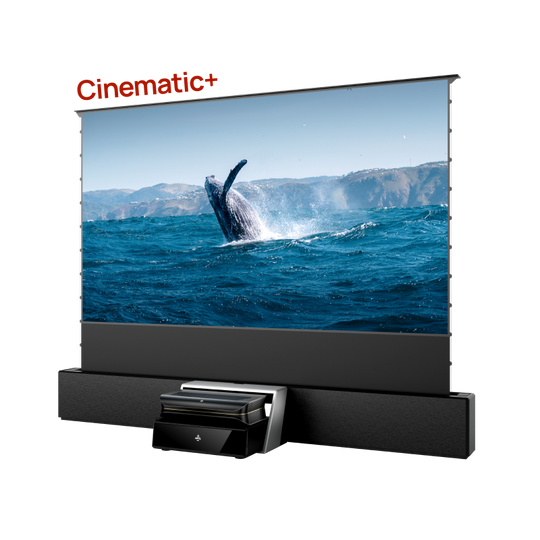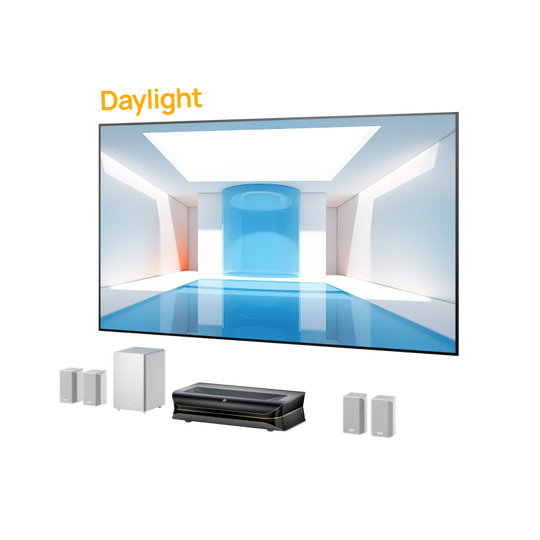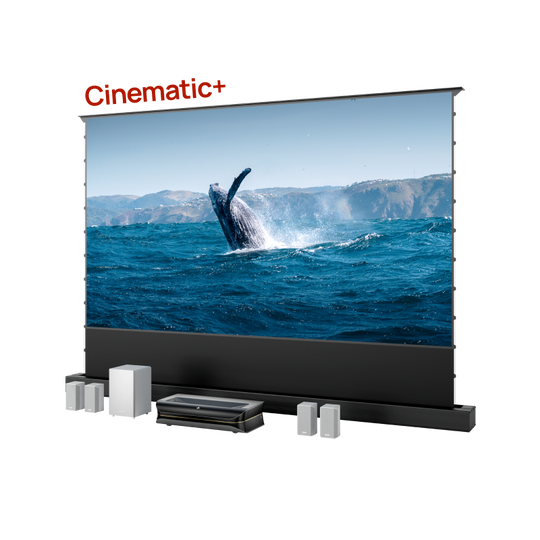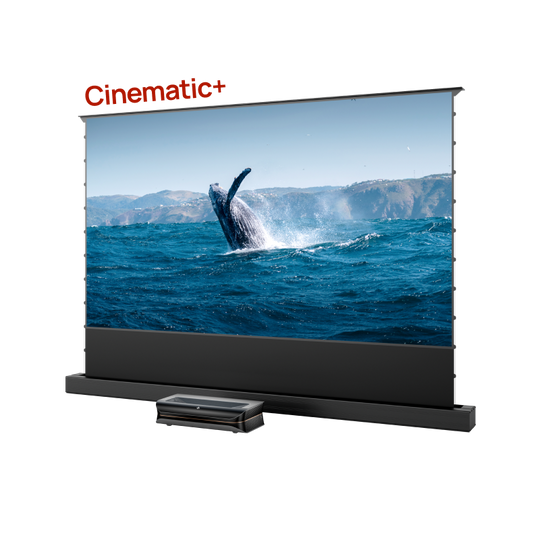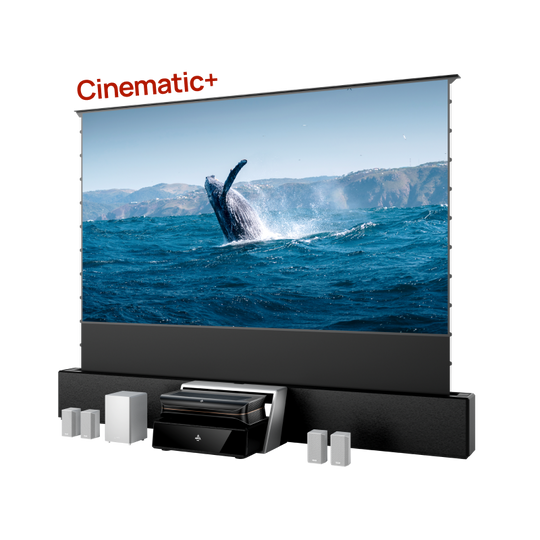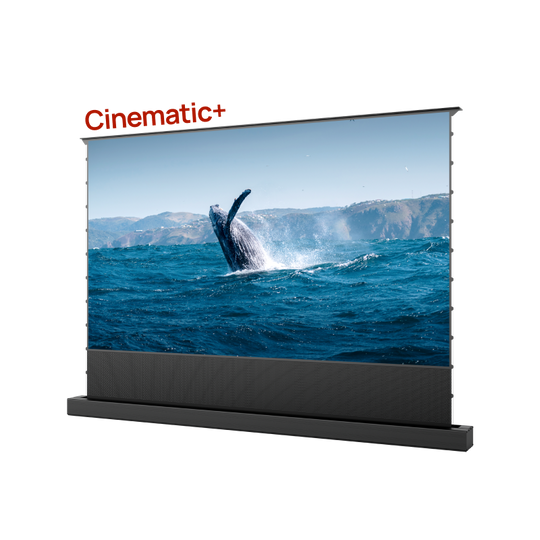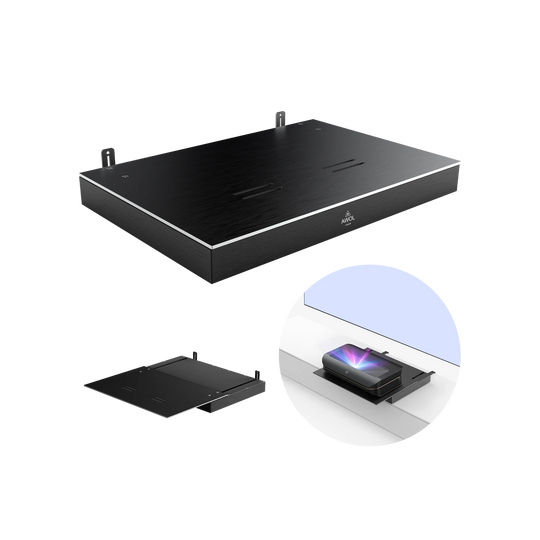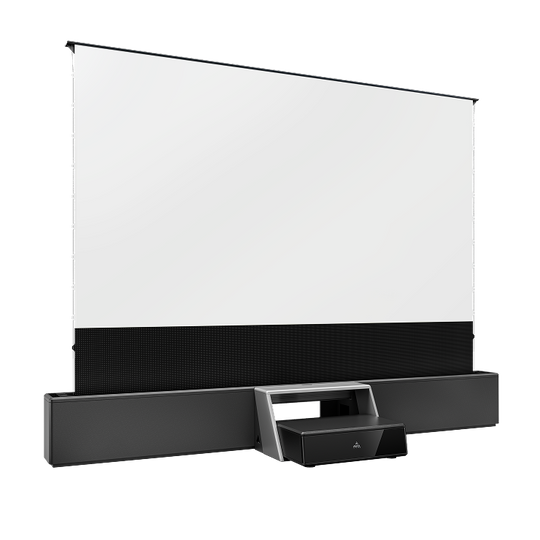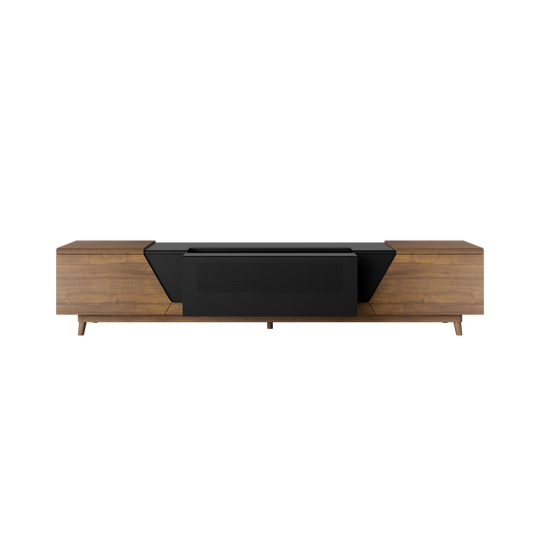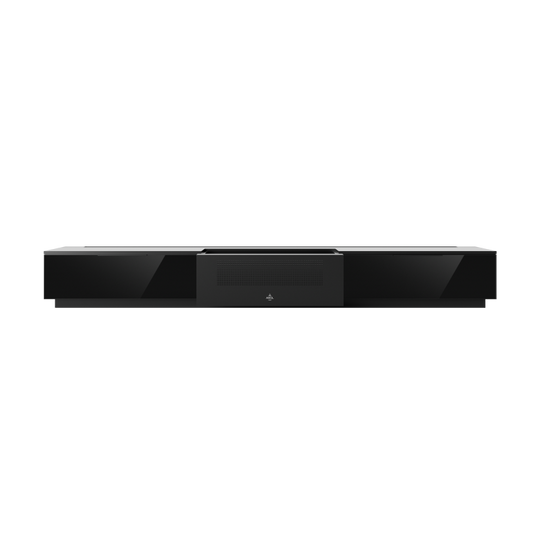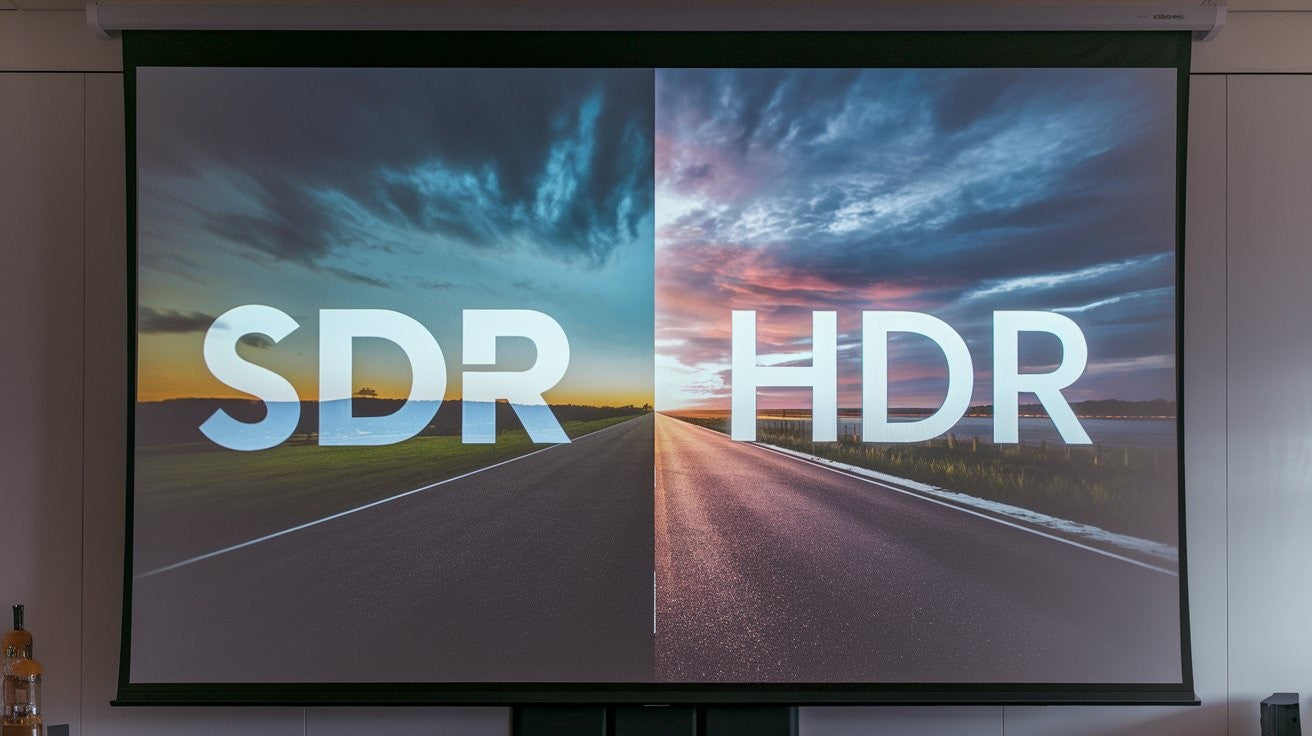When choosing a projector for professional presentations or home theaters, two main technologies stand out: DLP (Digital Light Processing) and LCD (Liquid Crystal Display). Both offer bright and vivid images, but their differences can significantly impact factors like color accuracy, image clarity, and cost. This guide will explain DLP and LCD technologies, compare key aspects, and help you decide which projector best fits your needs.
What are DLP and LCD Technologies?
DLP Projector Technology
Invented by Texas Instruments in 1987, DLP (Digital Light Processing) is a technology that uses a microchip with millions of tiny mirrors to process light. Each mirror reflects light to create an image. The light then passes through a spinning color wheel, breaking it into red, green, and blue to produce vibrant, full-color images. This method results in smooth, detailed video.
LCD Projector Technology
Pre-dating DLP, Liquid Crystal Display (LCD) projection, relies on light passing selectively through panels of tiny liquid crystal cells in response to electric signals coordinating varying density patterns that translate into viewable pictures accordingly—not wholly dissimilar from LCD screens found in monitors and televisions only at much larger scales.
Comparing DLP and LCD Projectors
Now that you understand how each technology operates, let's compare them based on several key factors to help you choose the right one.
Image Quality & Color Accuracy
LCD projectors often have an advantage, producing superior fine detail and color gradations. However, DLP contrast ratios excel, yielding inky, deeper blacks. Bright room viewing favors LCD substantially, though. For videophiles, certain high-end 1080p DLP projectors render cinematic color primaries more accurately for discerning viewers.
Brightness & Light Output
DLP projectors generally have higher brightness due to their efficient light processing. Many models reach over 2000 lumens, making them suitable for rooms with some ambient light. LCD projectors, while still bright, may appear washed out in similar conditions, especially in brighter settings.
Maintenance & Durability
DLP projectors typically have lower long-term maintenance costs. Their microchip-based design means fewer parts can wear out. However, the color wheel in DLP projectors may need replacement over time. On the other hand, LCD projectors might have issues with pixel burnout over time, but they require less frequent lamp replacements. LCD projectors are also generally more resistant to physical impacts.
Cost & Value Proposition
DLP projectors used to offer more brightness per dollar, but recent competition has evened out the cost difference. Now, both DLP and LCD projectors are similarly priced, especially during sales. However, the cost of accessories, like replacement lamps, can vary between the two.
Which Projector is Best for Your Needs?
Room lighting, expected image usage and long-term ownership goals dictate ideal projector procurements:
Home Theaters: Light-controlled home theaters suit either technology, pending personal color accuracy preference between LCD and DLP. However, DLP reliably excels across ultra-large 150"+ screens needing substantial brightness.
Office Use: Ultra-luminescent DLP models that cut through glaring ambient light are best suited for bright conference rooms. However, smaller portable LCD options work excellently under office conditions for routine static presentations with less critical lighting.
Video Gaming & Simulation: Quick response DLP models provide a key advantage in supporting high-frame rate video gameplay without ghosting or input lag seen on some cheaper data projectors. Simulation environments need precision as well.
Conclusion
Choosing between DLP and LCD projectors depends on your specific needs and environment. Whether you're outfitting a home theater, equipping a conference room, or setting up a gaming station, understanding the strengths and weaknesses of each technology helps you make an informed decision. By considering factors like lighting conditions, screen size, and content type, you can select the ideal projector for your unique space.
